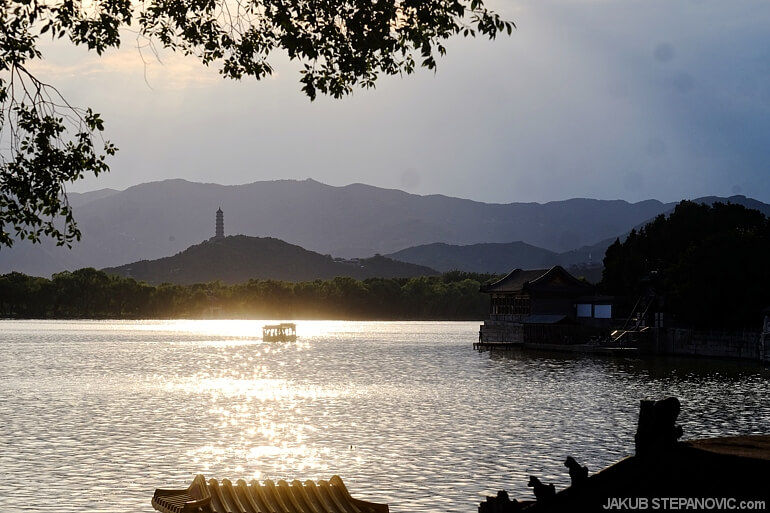
Being a tourist in Beijing — a story about my trip to the Chinese capital.
I traveled from Shanghai, which is some 1200km / 745miles from Beijing. That said, my initial idea was to get there by plane. However, after experiencing a few local flights — each with a good-sized delay, I opted for a connection by rail. There are many choices ranging in price, comfort, and time: from the fastest CRH trains taking about six hrs to old carriages lasting some 24h. I went with a compromise, which took roughly 12 hours. This was convenient, as I went overnight, saving on accommodation.
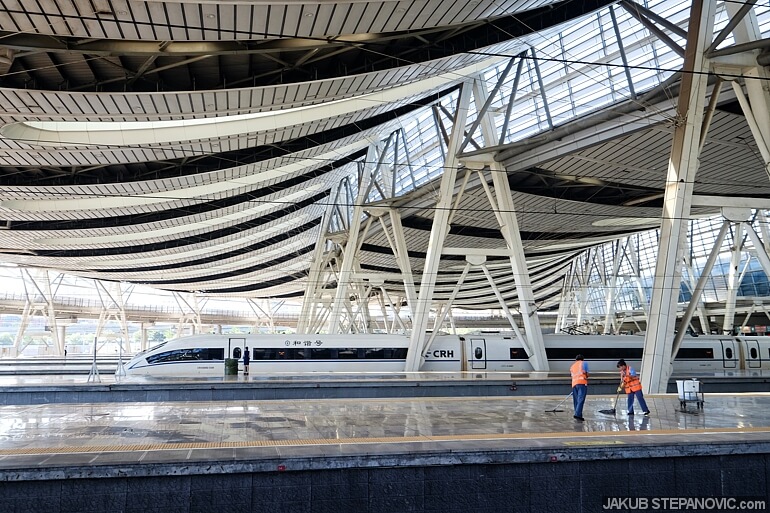
The train arrived at Beijing South station at around 10 am; I locked my backpack and went to see the neighborhood right away. Just a block from the station, I noticed an interesting parking garage. This might sound like an odd place to begin a vacation, but I let the visuals talk.

From here, I went to the Tao Ran Ting Park. While the train journey was decent, it still left me a tad broken — a slow start in a park was welcomed. The views weren't bad, either.
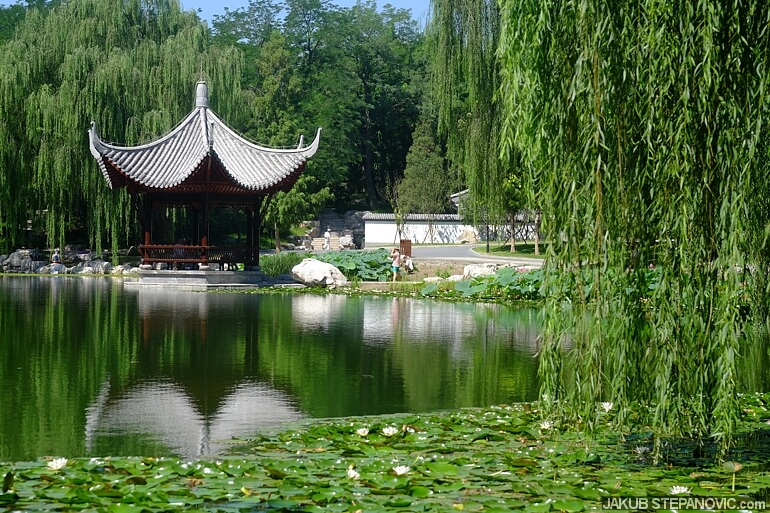
There were no other tourists, but a good number of locals practiced dancing or Taichi.
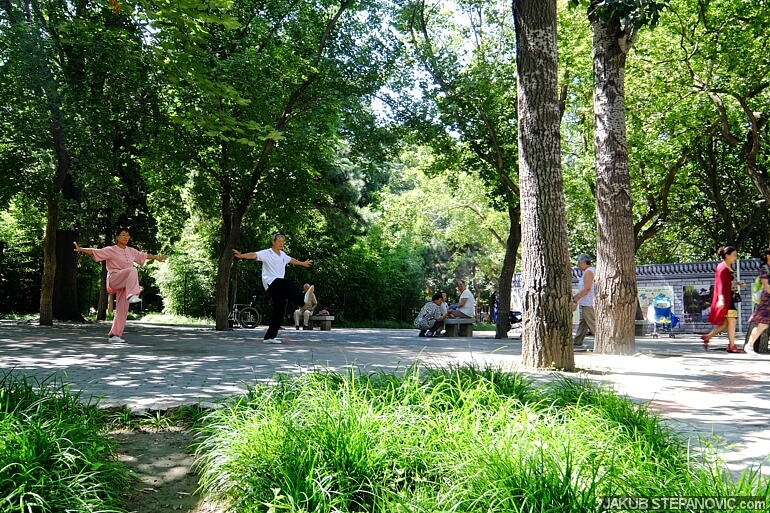
It is a trendy place to do so, according to one lady I spoke with. As we talked, I mentioned the following location on my to-do list: the Summer Palace, and got recommended that the best way to see it is from a boat. All right then, let's check it out!
The Summer Palace is on the other side of the city but getting there was a piece of cake thanks to the subway network and the same convenient bike-sharing system as in other major Chinese cities. In a while, I exchanged the bike for the boat, and soon, the palace was in sight:
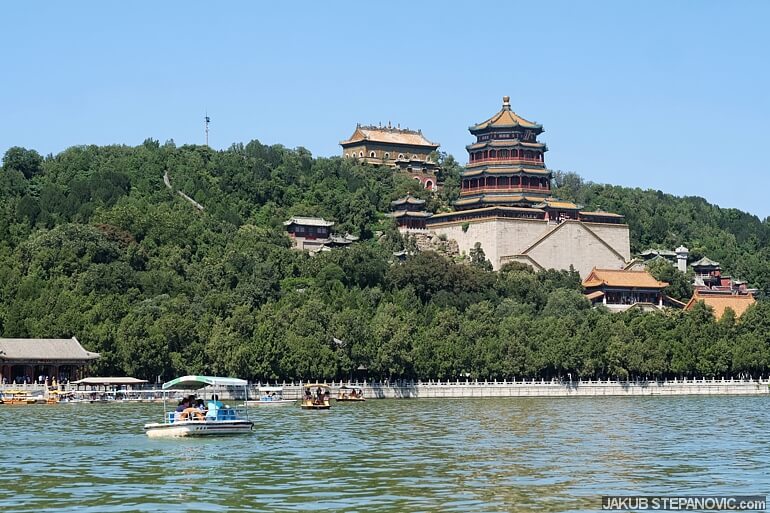
Longevity Hill, as seen from Kunming Lake.
The area covers over a square mile of gardens from Qing Dynasty, temples, and the lake. After observing it from the water, I explored it on foot.

The way it is situated, one can admire the ancient structures complementing steep hills in the background. This disposition is very attractive.
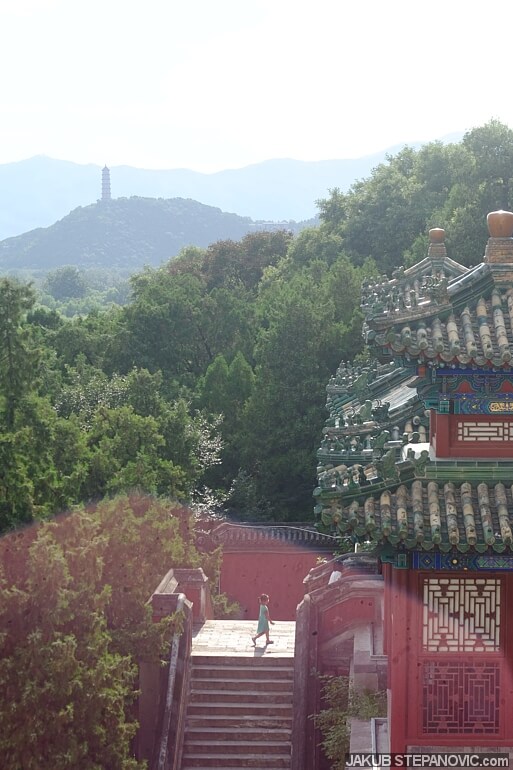
The palace itself has loads of great details to enjoy.
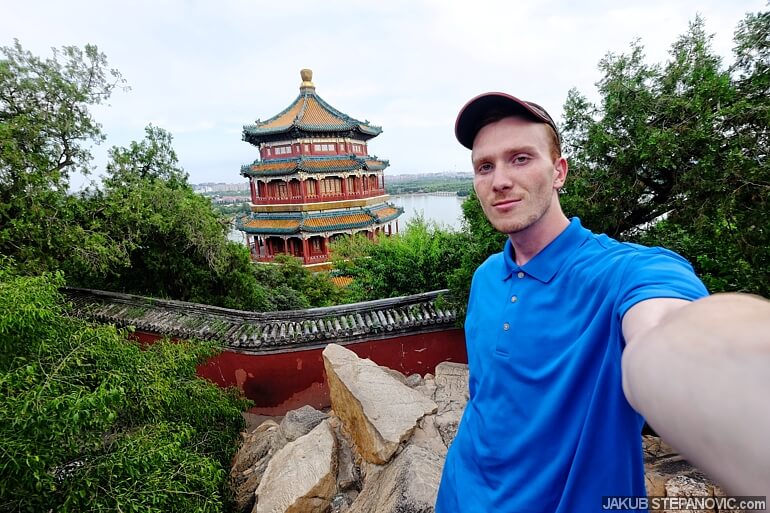
selfie in front of the Tower of Buddhist Incense.
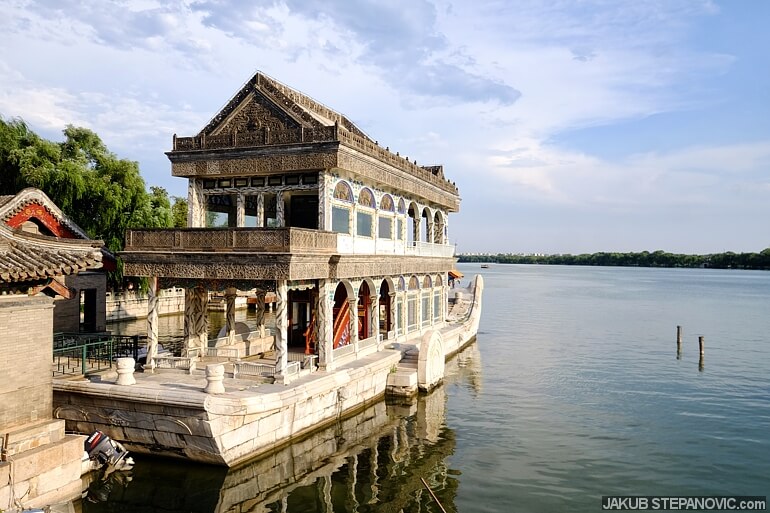
marble boat

After this set of goodness, I biked to Peking University to see the friend I met in Suzhou, who happens to study there. He gave me a tour of the campus, which is placed on formed imperial gardens from the Qing Dynasty, and features this pagoda:
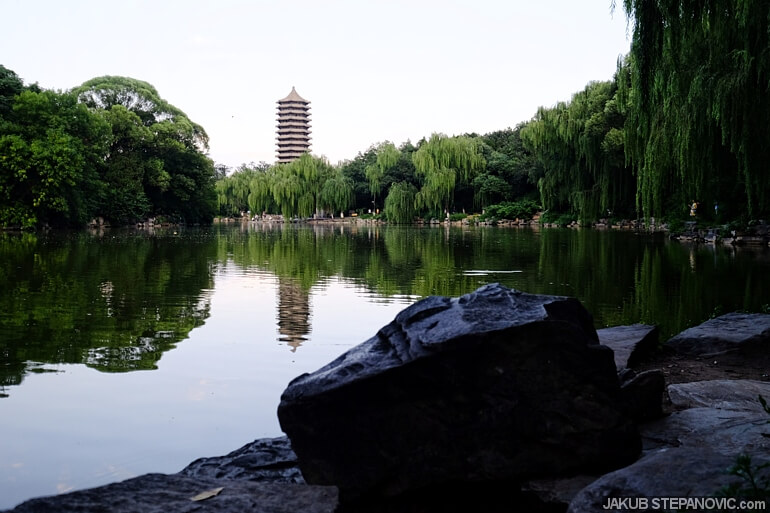
Weiming Lake with the Boya Pagoda at the Peking University.
Then we decided to get on top of the CCTV tower, one of the tallest TV towers in the world and once the tallest structure in Beijing (405m / 1329ft). We went there on the bikes again; they are so convenient! While we were looking for the entrance, I wondered whether it was even open after my unsuccessful attempts to get on the top of TV towers in Nanjing and Shenyang. It was! Excitement, ticket, let's go.
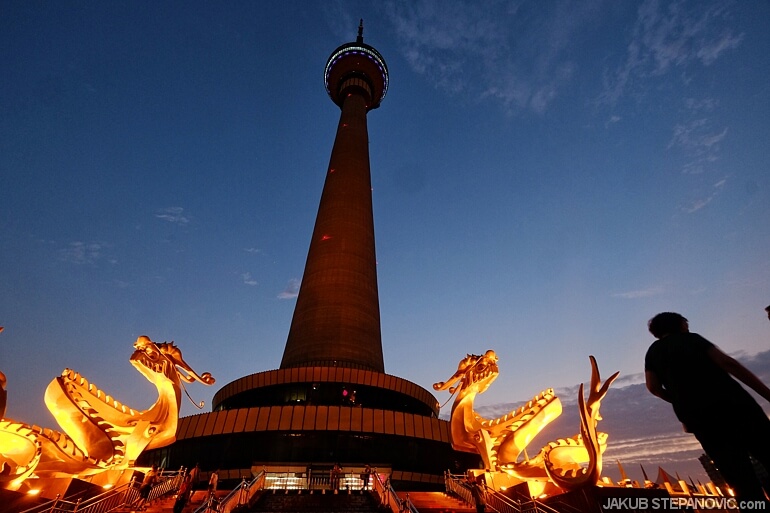
The observation deck is at 238m /781ft; it offers a fantastic view and is open-air — great for picture taking. Speaking of air, I noticed that the visibility was quite decent, so I wondered where's that notorious Beijing smog everyone is talking about? As it turned out, there was some military parade scheduled for the following week — and every time there is some important public event like that, the government shuts down all the factories around the city around two weeks in advance. It results in a significant improvement in air quality, So when the world's media get footage of the city, it looks better than it actually is. I didn't know about this pattern when I planned the trip; it was pure luck. Later on, many people I spoke with during my stay confirmed that this was, by far, the best air Beijing has seen in a long time. Yey!

So we enjoyed the view; unfortunately, it got spoiled by the tower's lighting system, which they turned on a moment after we got there. It is formed by strong led lights pointing right into the deck, so looking from it feels as if one would stare directly into the sun. Ummm.
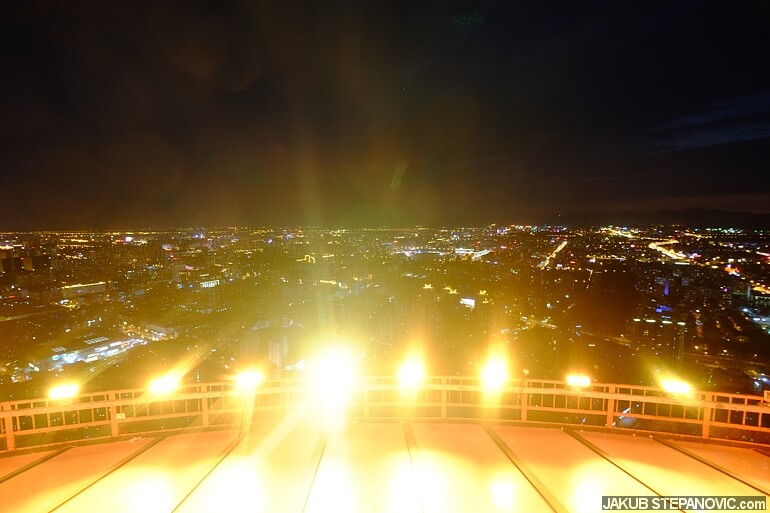
Still, it was nice, and even with the lights on, I had fun with picture taking.
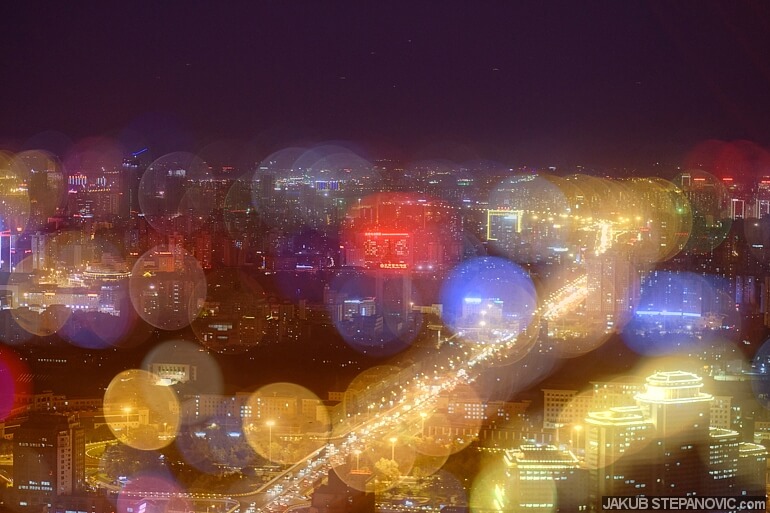
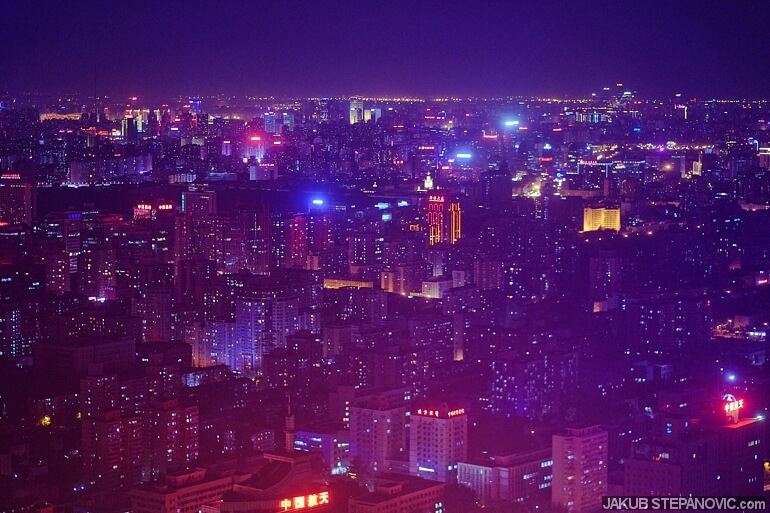
However, there was another aspect annoying as hell. They put a massive megaphone there, amplifying any voice input. The concept is that you "can shout to the city," but the tube was positioned before the viewing platform. So instead of into the city, it propelled the voice straight into the visitors' heads. This attraction was mainly popular among the young audience, meaning that every few moments, there was some ten-year-old screaming their high-pitched lungs off, which then got a volume boost. Seriously, the management clearly strived for the "best ways to ruin the user experience" award. So, after not too long, we went down, where we saw a propagandist movie and an excellent calligraphy show.

This marked the end of my day program, and I went to get accommodation, supper, beer, discussion with other travelers, bed. I think that was the order.
----
After yesterday's "warm-up," I was off to see Beijing's ancient center, the Forbidden City. To get there from my hotel, I had a way across the Qian Men and Zhengyang Gate, which then leads to Tiananmen Square.
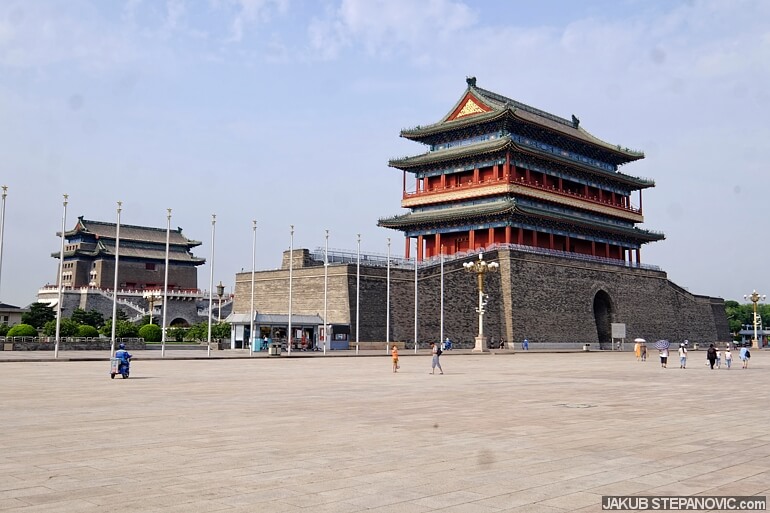
The square itself was one strange experience, thanks to three factors: First, the physical properties of it are colossal (this turned out to be a pattern of the day). Second, just to get there, one needs to walk a lengthy metal corridor that is supposed to deal with queues and leads to security checkpoints. But as the fence is not very tall, some tried luck and crossed it to skip the above. Military and police officers are abundant, so doing so was a questionable business. Which brings me to the third: once I got to the square, I couldn't stop thinking about the events that happened here in 1989. Obviously, there's no memorial or any sign to remind any form of disobedience. Instead, the square is a manifestation of personality cult, and the regime. There's Mao's mausoleum, and the Tiananmen gate to the north features a huge portrait of the former leader. Strange feeling.
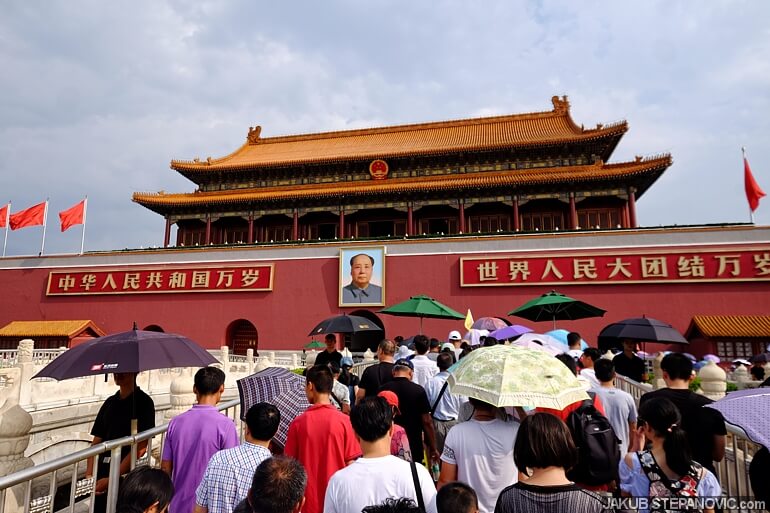
Inside the Tiananmen is a mix of communistic propaganda and ancient items. Due to the government ties, every few meters stood special police guards.
After the gate, it was only a matter of meters to the Forbidden City's entrance. This was a part I was a bit afraid of, as I was warned that it's common to wait a couple of hours just to buy the tickets, but after some 30-45 minutes, I was all set. Coming in the morning paid off.
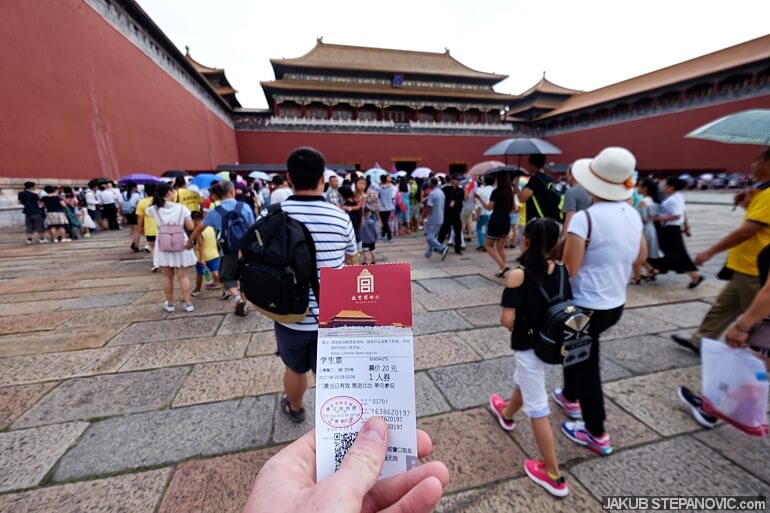
I started to explore the southeast corner of the complex, looking at the impressive architectural details.
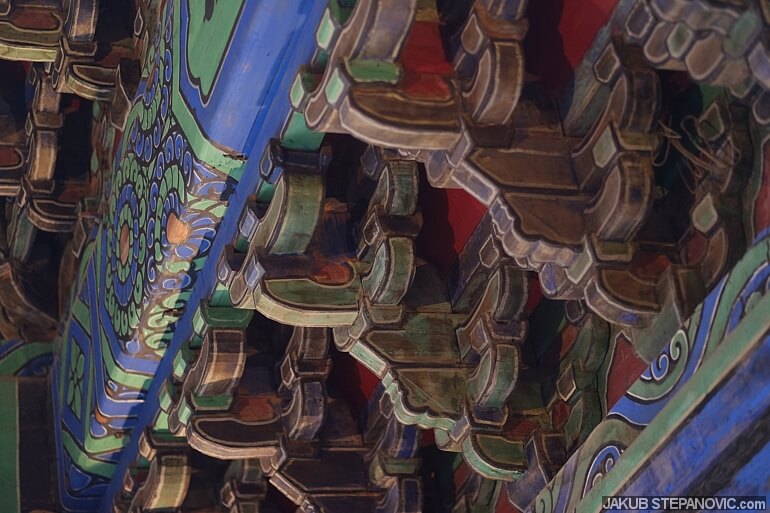
Time flew by, and I was excited about the progress. However, after about an hour later, I looked into the map and found out that I had seen only around one-eighth of the property. "What?" I realized the size of the palace and increased my speed.
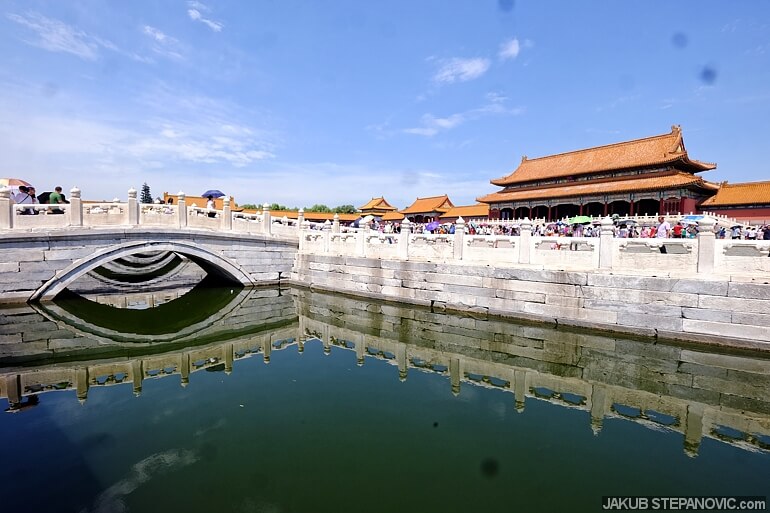

At the time I left the place, I was truly overwhelmed. It is massive! To put it in perspective, the palace has a total area of 720,000 square meters, while the British Museum in London has 75,000 m2. That said, I needed a break from ancient structures. So instead of another temple, I went to see the site of the 2008 Olympic Games.
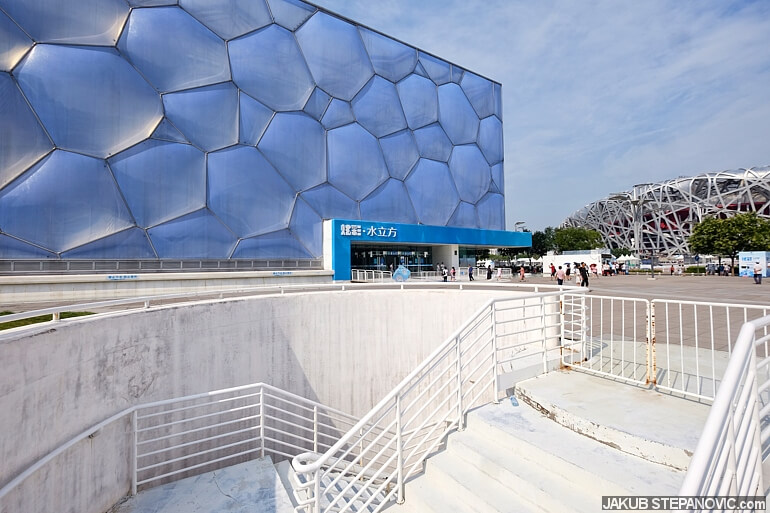
The central section of the Beijing Olympic Park, Water Cube to the left, the Bird's Nest to the right.
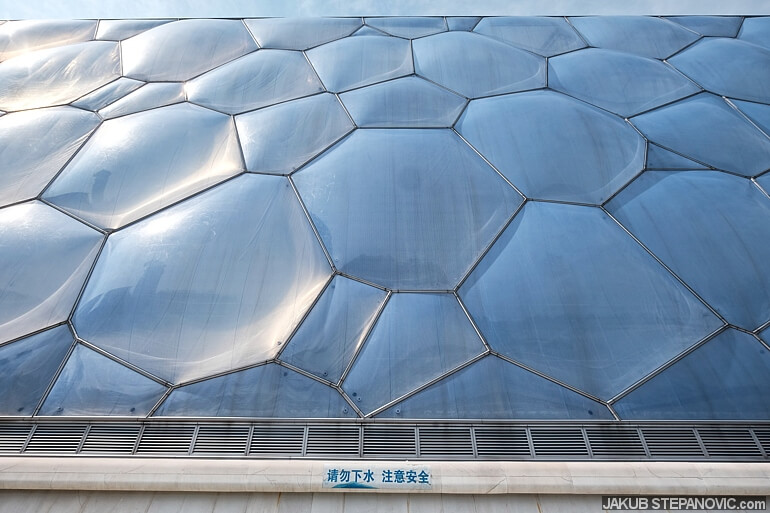
detail of the Water Cube aka National Aquatics Center
The park has plenty of great buildings to admire.
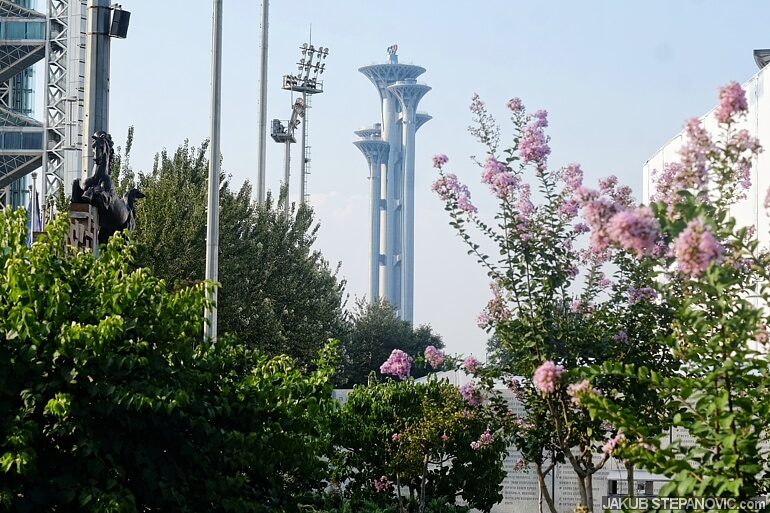
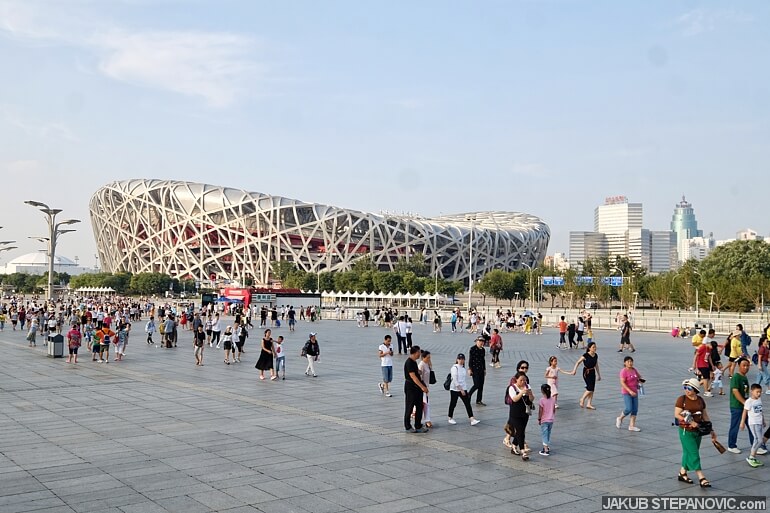
National Stadium, designed by Swiss' Herzog & de Meuron.
Mainly the Bird's Nest is a joy to walk through. There was a soccer game at the time of my visit, so I got a ticket and was able to see the stadium from the inside as well.
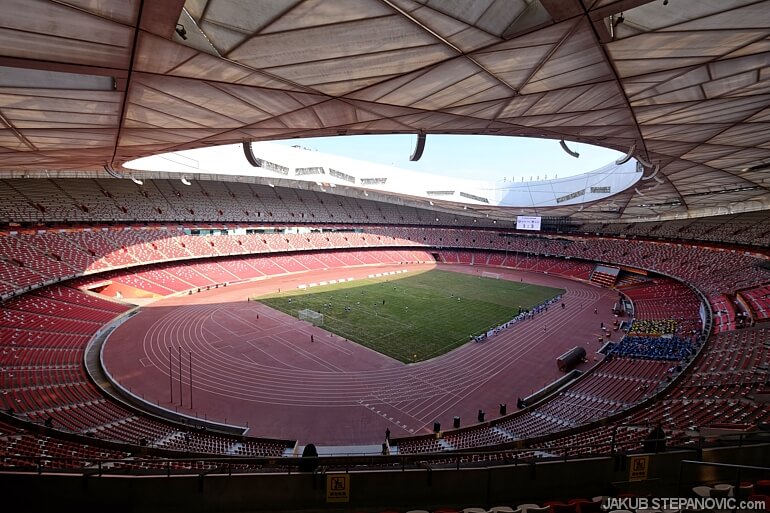
The attendance of the match didn't really match the capacity... From the back seats, you'd need binoculars to notice the players. But still, it's good that they make use of it.
The stadium's structural details are fantastic.
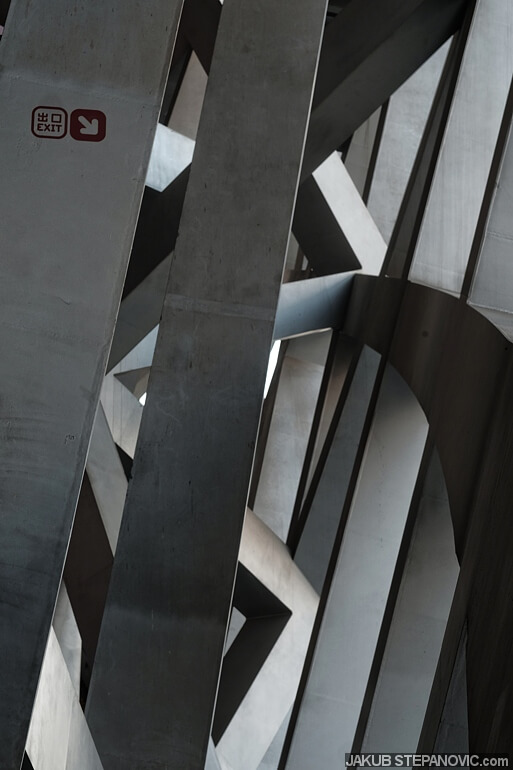
Sadly, the impressions of the park were inconsistent, due to the user-friendliness of the place. Or the lack of it. As in most Chinese parks, it's prohibited to sit or walk on the grass, and while the installed water fountains look neat at first glance, at a closer look I found out that they ripped the water pipes after the games, leaving the sinks as useless sculptures.
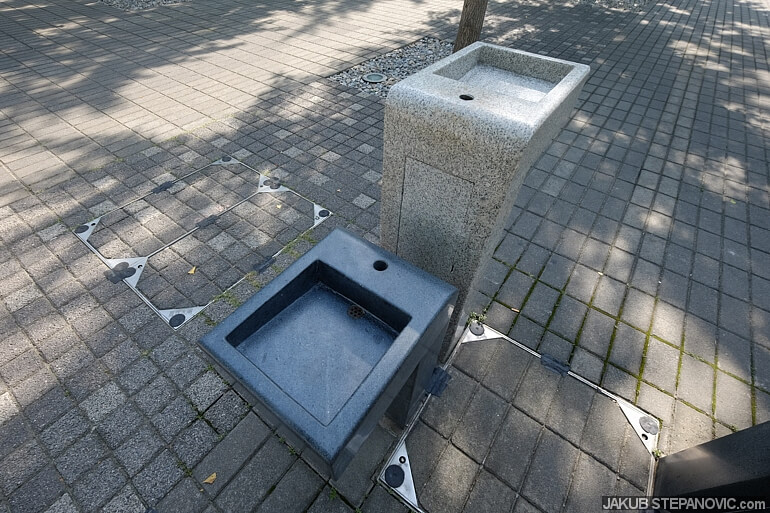
It's not that they wouldn't have the money to keep them running — on every other step, there were columns with speakers and big-screen TVs, wasting electricity by playing unnecessary music, and thirsty visitors were forced to buy water in overpriced bottles. Not a fan of this approach.
Anyway, the park served well as a relaxing point, and as the evening was near, I went to Jingshan Park, a hill from which I anticipated some sweet views..

even with the factories shut down, the sky was far from clean..
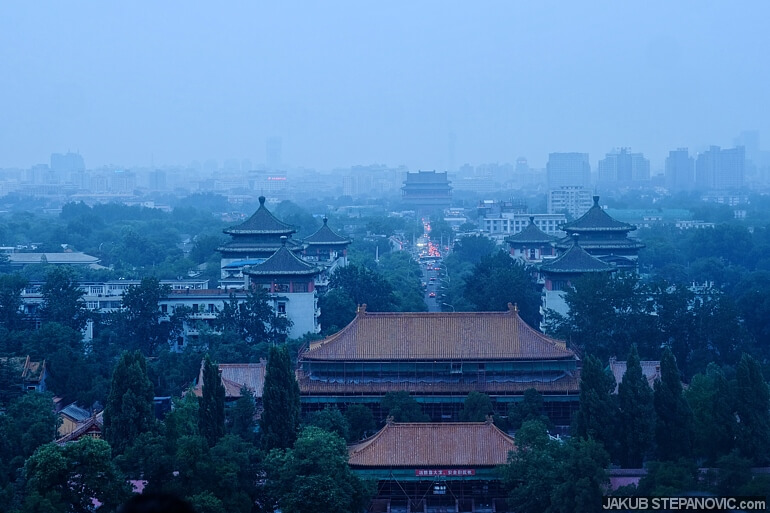
..but nevertheless, the views were lovely.
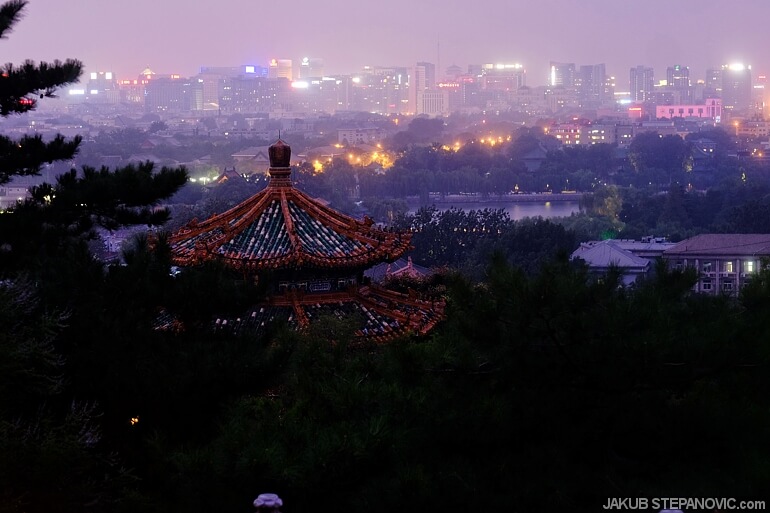
happy times!
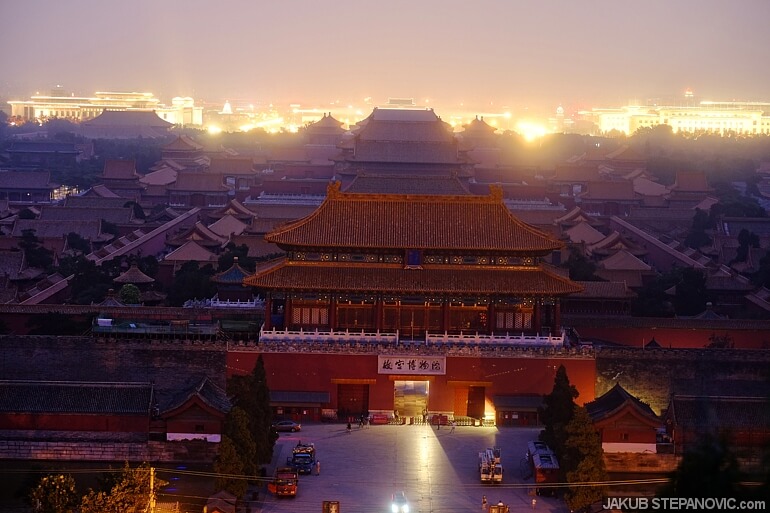
forbidden city
Once witnessing dusk here, I biked to the National Centre for the Performing Arts..

..then back to Qian Men, and then to get some sleep.
----
Day three I began at another must-see: the Temple of Heaven.
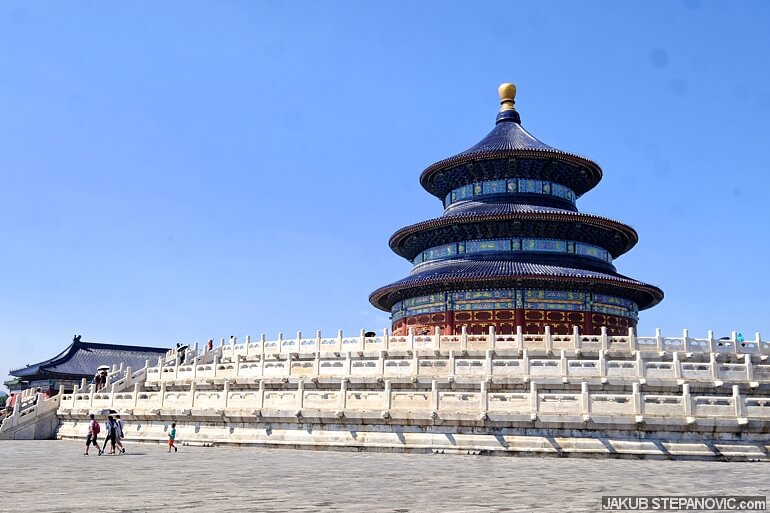
It's a complex of religious structures and an extensive park, with a history dating to 1420.
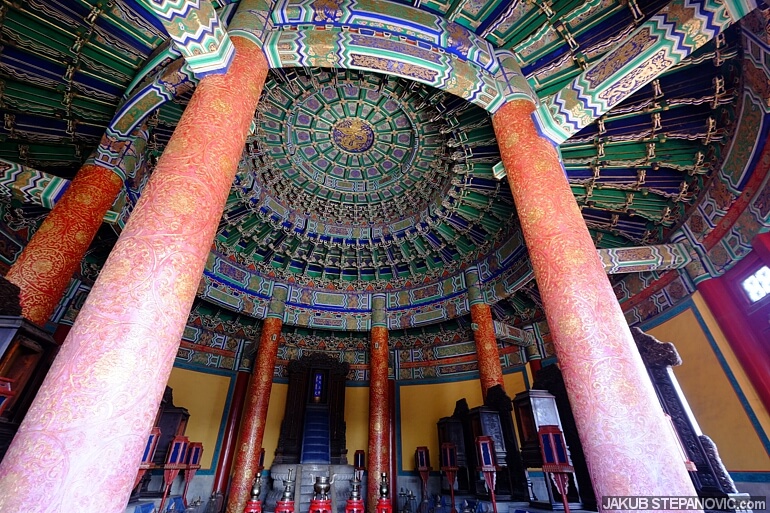
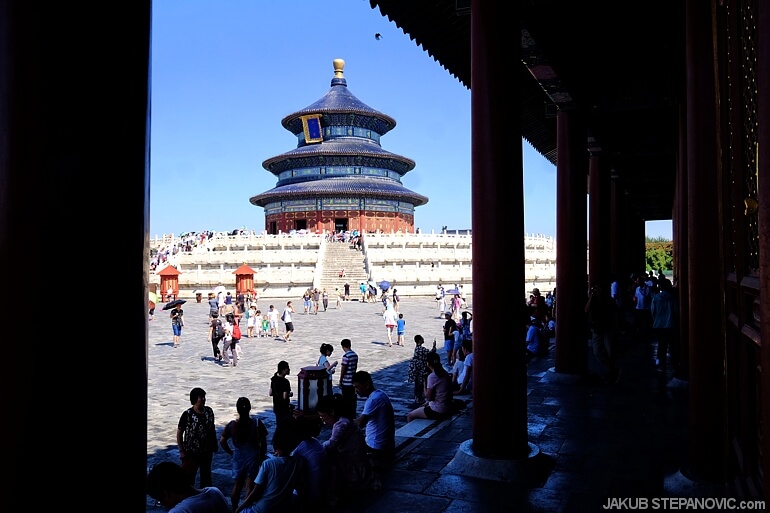
The temple's unique shape, rich decorative details, and pleasant weather contributed that this was the most enjoyable ancient structure I've seen in China. Such a great piece, really.
Once I finished my tour of the temple, I moved to the northeast tip of the city to see some jewels of modern architecture.
The main goal of my visit was the Wangjing SOHO, an office/retail space by the Zaha Hadid Architects. What a beauty:
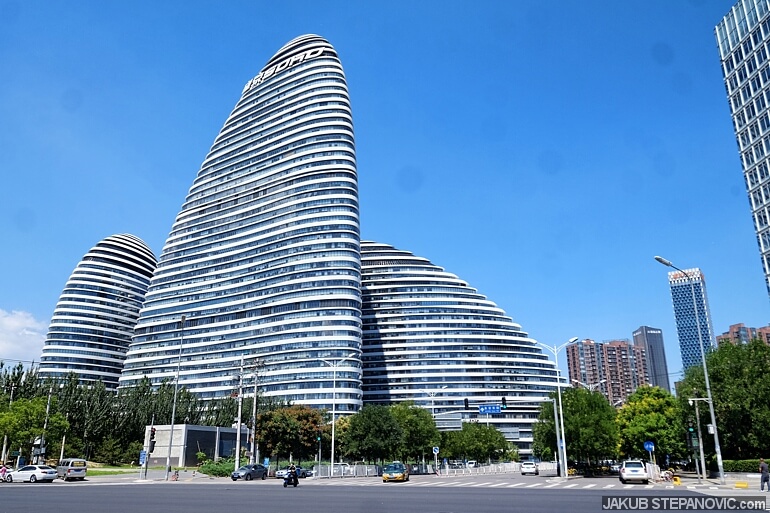

As a curious person, I checked if I could visit the interiors. And luckily enough, not only I saw the offices, I was also allowed on the edge of the windowsill, where I enjoyed an appealing view of the surroundings. Happiness, right there.
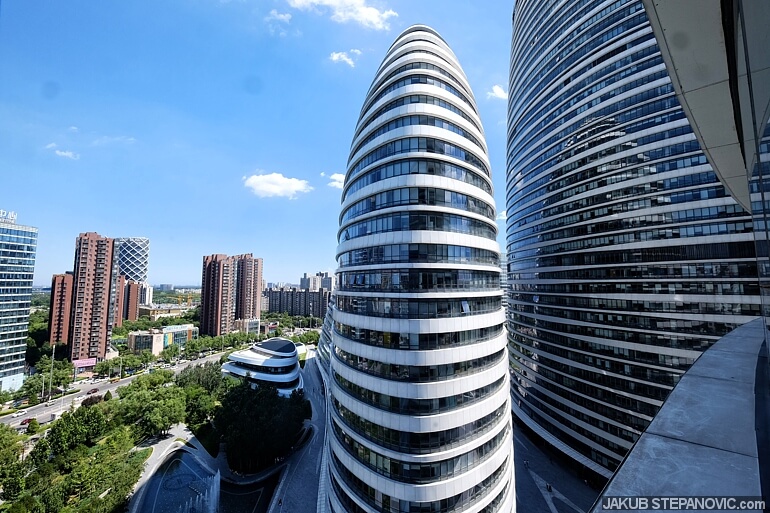
The following destination was the nearby-placed 798 Art District, the former site of the North China Wireless Joint Equipment Factory, nowadays a maze of galleries, art studios, and fancy stores.
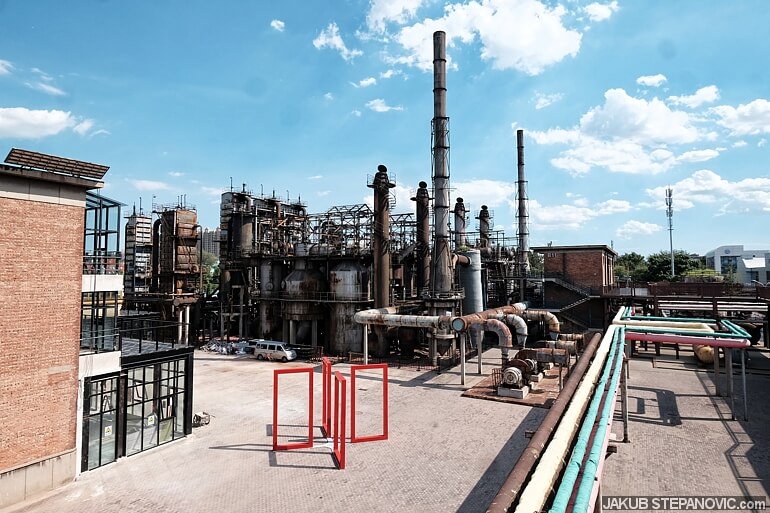
As I love such conversions, walking through and experiencing the purely industrial environment pulsing with new life was truly exciting.
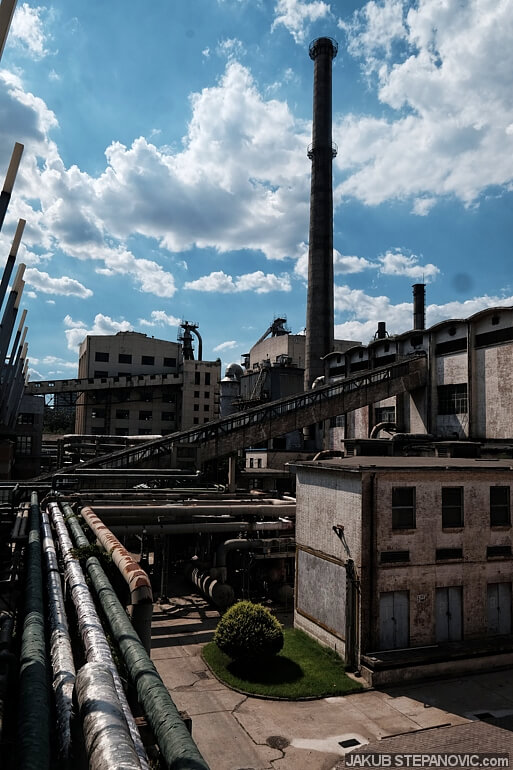
The excitement lasted as I moved toward Beijing's central business district...
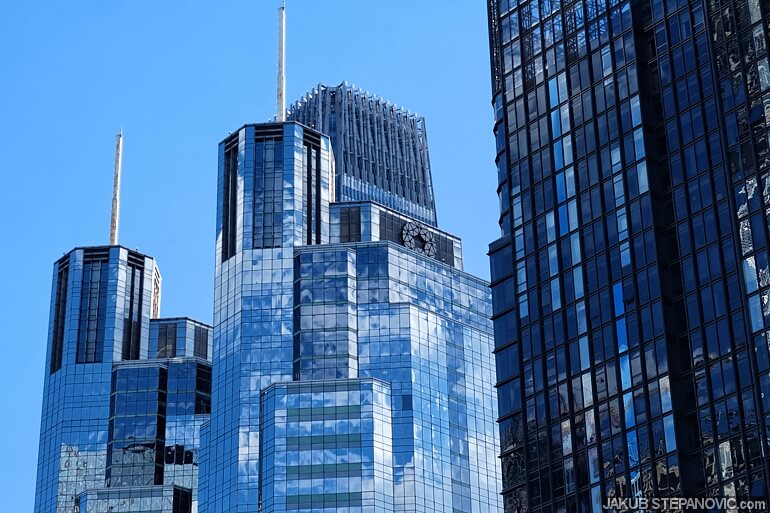
..where I wanted to see the CCTV Headquarters, the second-largest office building in the world, warped in a rather interesting shape.
Like many famous contemporary buildings in China, it was designed by western studios. This particular one came from Dutch's OMA.
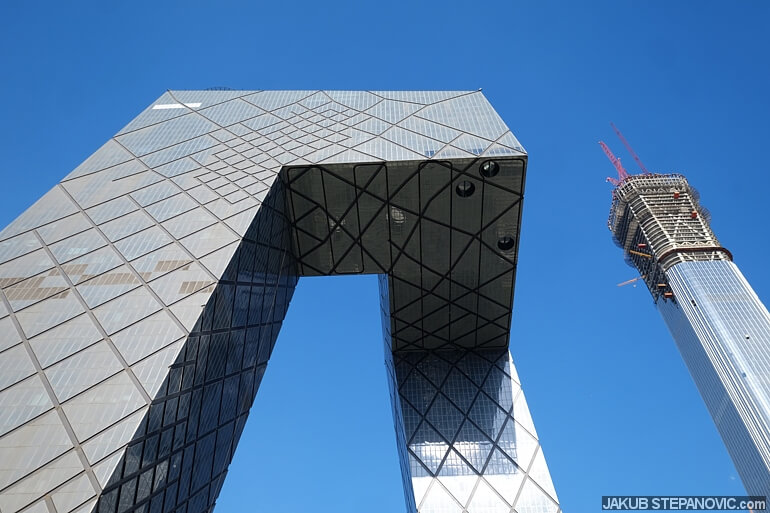
The construction on the right is the CITIC Tower. Once finished, this will be the tallest building in Beijing, at the height of 528m / 1732ft. (also a foreign design, by the way)
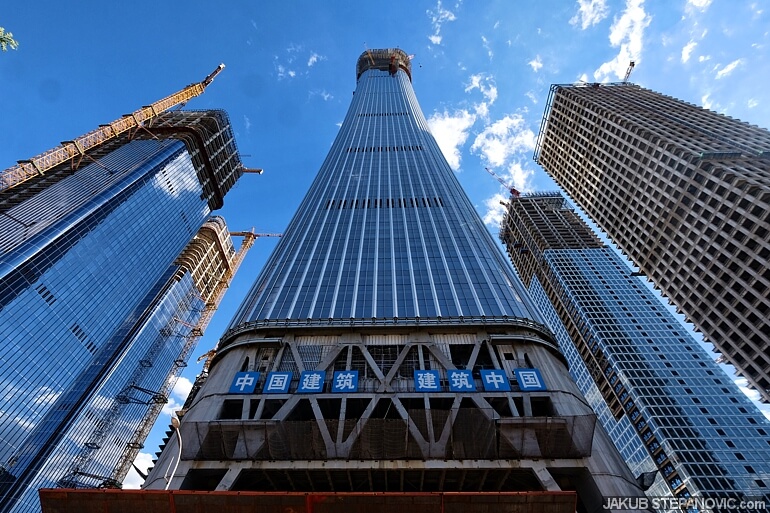
talking about a golden age for construction..
This was the last stop of my trip; all I saw later was a restaurant and the departure hall at the Beijing South railway station.

If you enjoyed this article, you might also like my other articles about China. Alternatively, visit my Blog Archives for more categories and topics. Thanks for reading!

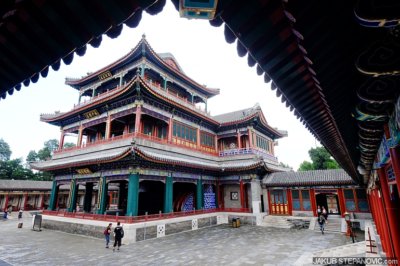
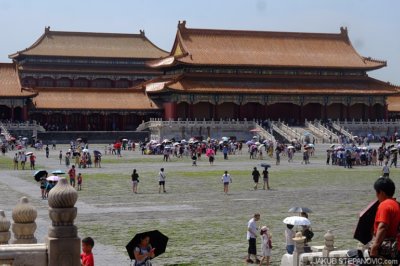
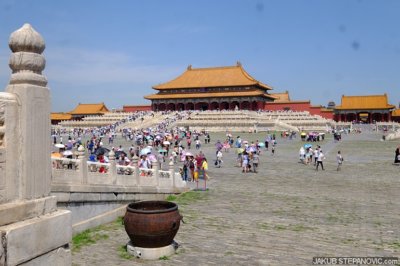
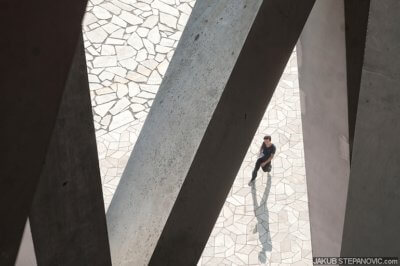
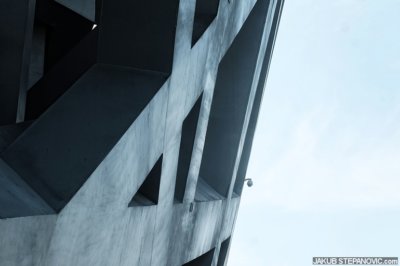

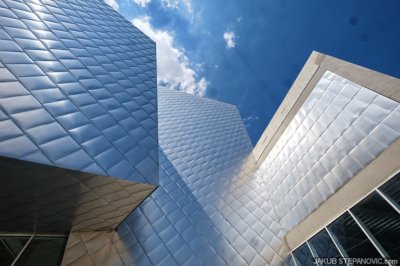
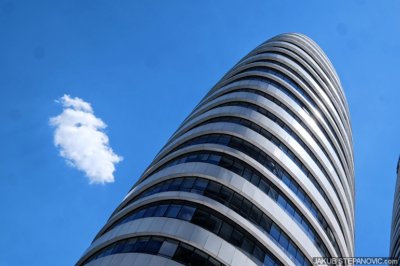
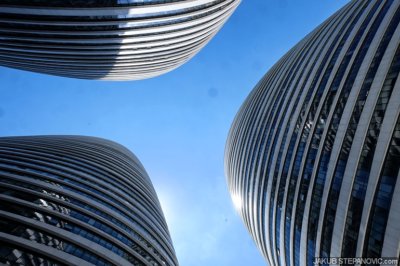

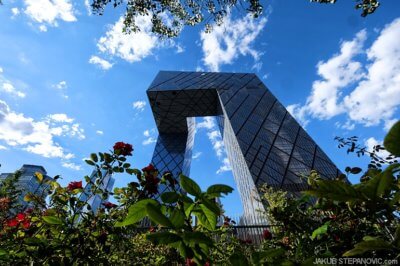
Comments are closed.